- Rice is the most important staple crop in Sierra Leone with 85 percent of farmers cultivating rice during the rainy season and an annual consumption of 76 kg per person. …
- Cassava. …
- Other major food crops. …
- Plantation cash crops.
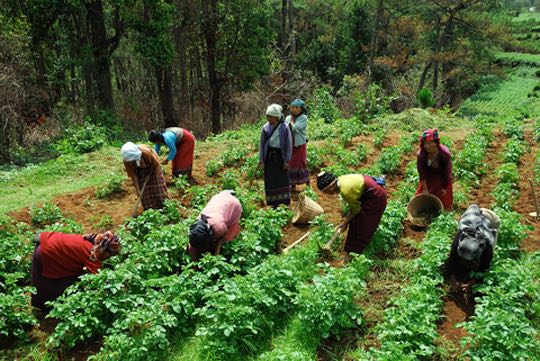
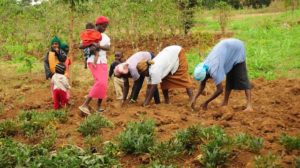
Sierra Leoneans love to eat rice. For them, rice is the food to live on. “It doesn’t matter what other food they eat, they must eat rice at least once a day before they can say they have eaten at all,”
Agriculture employs 68 percent of Africa’s labor force, and accounts for 33 percent of gross domestic product. Women contribute between 65-80% of the labor used to produce food both for household consumption and for sale. Many of the agricultural works being carried out across the African continent are performed with archaic equipment and tools. Support For Women And Children International (SFWACI) has embarked on doing the following to improve agricultural productivity of women.
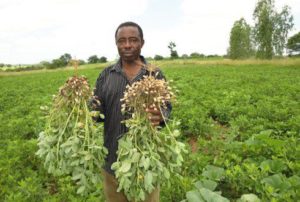
Provide modern farming equipment (new and used)
Support For Women And Children International (SFWACI) is providing simple modern farming equipment such as wheelbarrows, hoes, cutlasses or machetes, rain boots, cloves, fertilizer, pesticides and more to rural farming communities.
Promote animal husbandry (piggery, goat, sheep and cow rearing), fish farming
Animal husbandry will play a vital role in reducing poverty across Africa, which is why Support For Women And Children International (SFWACI) is engaged in promoting that sector by helping provide:
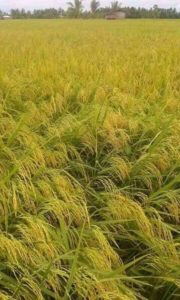
- Breeding centers
- Train and support locals in animal husbandry
- Provide support for the treatment and care of animals
- Financially assists struggling farmers and also assist newcomers
Support rice and vegetable farming (cassava, corn, groundnut, egg plants, pepper, tomatoes etc.)
Rice, cassava, groundnut, maize, sorghum and millet are major crops if not the staple foods of many Africa countries.
Support For Women And Children International (SFWACI) are assisting farmers to grow these crops and we are assisting by doing the following:
- Provide healthy seeds and seedlings
- Provide fertilizers and pesticides
- Assist with storage centers and transport facilities
- Teach farmers about new farming technologies and techniques
The minister in charge of agriculture, forestry and food security, wants his compatriots to loosen their relationship with rice. Over-reliance on it,
The Support For Women And Children International (SFWACI) believes, could affect the country’s food security goal. “I encourage our people to change their habit and alternate rice with other crops grown in the country.”
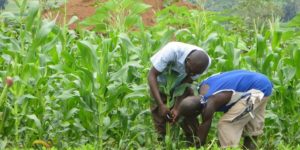
By “other crops,” the Support For Women And Children International (SFWACI) is referring to yams, cassava and sweet potatoes.
The Support For Women And Children International (SFWACI) hopes that if people eat other food varieties, locally produced rice, of which there was about 693,000 tonnes in 2017, will be more than enough and there will be no need to import food. But Sierra Leoneans have simply shrugged off the Support For Women And Children International (SFWACI) advice, as it say, “Thanks, but no thanks.”
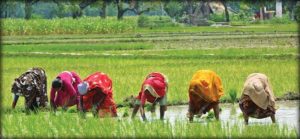
Changing Sierra Leoneans’ eating habits is a tough sell, but the Support For Women And Children International (SFWACI) draws inspiration from Nigeria and Ghana, two sister West African countries whose citizens used to consume plenty of rice but are now also eating a lot of cassava, yams, beans, potatoes and other foods. In Sierra Leone rice is also a high-voltage political issue. Voters usually favour candidates who promise to make rice easily available and affordable.
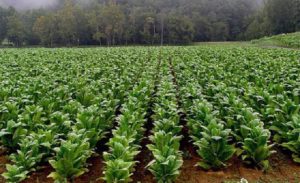
Looking at other crops, In a report for the Food and Agricultural. The agriculture accounts was close to half of sierra leonean. Leone’s “annual per capital consumption of rice is amongst the highest in sub-sahara Africa,” the, Support For Women And Children International ( SFWACI) has right to push for other crops.
Rice is Sierra Leone’s staple food but the country’s agricultural sector is largely subsistence and does not produce sufficient rice for domestic consumption, not to talk of export,” reports NewsWatch Sierra Leone, an online publication. In 2016 the government created the Agenda for Change programme, setting itself a goal of food self-sufficiency and possible surplus for export.
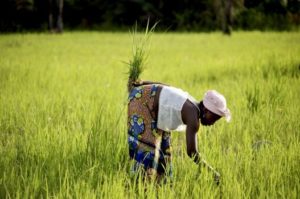
Five years later, depending on who is doing the evaluation, progress is a glass either half empty or half full.NewsWatch grumbles that “more than 60% of rice consumed in the country is still imported from abroad.” The World Food Programme (WFP), the UN organ that fights hunger, reported last year that households in Sierra Leone spend “on average 63% of their total expenditure on food” while about 52% of the population borrows money to buy food.
Poverty still a problem
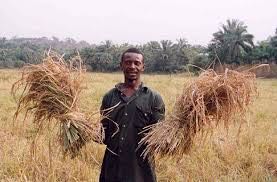
Sierra Leone’s broader poverty picture is not pretty either. Nearly 53% of the population lives on less than $1.25 a day, according to the World Bank. The UNDP Human Development Index, which evaluates countries based on life expectancy, education and income, ranked Sierra Leone 177 out of 187 countries in 2013. UNICEF reported last year that about 34% of the population is physically stunted due to malnutrition. The situation is particularly dire in Moyamba, Pujehun and Kenema districts—some of Sierra Leone’s bigger regions.
Inadequate infrastructure is a major impediment in the march towards food security. Erratic electricity supply and bad roads affect farming, reports WFP. “Consumers too are negatively affected by poor infrastructure and floods during the rainy season.”
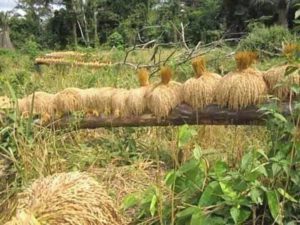
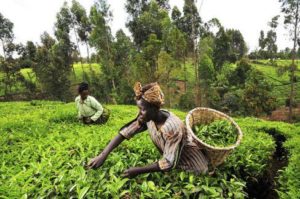


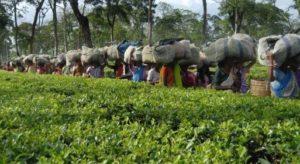
Nevertheless, Support For Women And Children International (SFWACI) boasted last year that rice production has increased by 35%, and cassava and sweet potato production by 34%, while palm oil, coffee and cocoa have also seen an upswing. Andrew Keili, a development expert who regularly consults for the World Bank, supports efforts to diversify agriculture. In a blog post, Support For Women And Children International (SFWACI) agreed that eating foods other than rice will help food security efforts. However, Support For Women And Children International (SFWACI) stressed that “some of these alternative foodstuffs may be affordable for fairly affluent urban dwellers to buy…but may be beyond the reach of poor people.” Citing a Support For Women And Children International (SFWACI) report, they argued that with inflation at about 13%, poverty is the main cause of food insecurity.